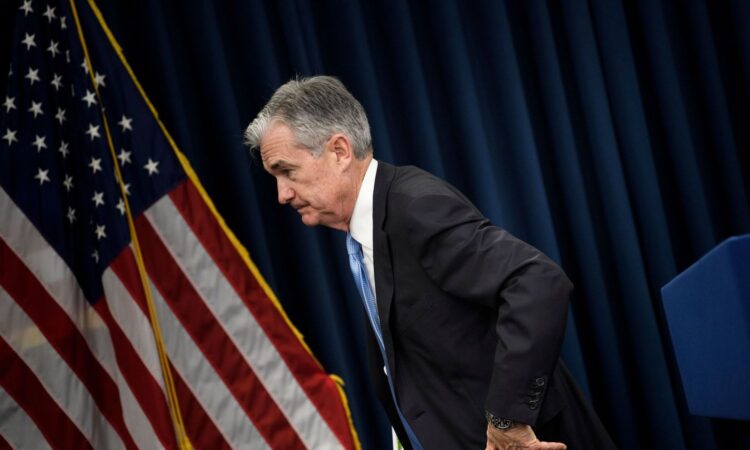
By Sarah Taaffe-Maguire, Business reporter @taaffems
The Federal Reserve – the US central bank, known as the Fed – has increased interest rates for the tenth time in a row despite the continued worst banking turmoil since the global financial crash.
The rate has been increased by 0.25 percentage points again in the Fed’s continued effort to bring down inflation, which in the US stood at 5% over the 12 months to March – more than double the rate of price rises in the UK.
While higher interest rates lead to higher profits for lenders they also put pressure on banks as some government bonds, money lent by investors to a state, lose value.
Those higher interest rates were one of the factors behind the collapse of midsize regional lenders in the US, including Silicon Valley Bank, Signature Bank, and most recently, First Republic which was bought by JPMorgan Chase before market open on Monday.
First Republic’s demise became the second largest bank failure in US history. Markets are on edge after a sell off on Tuesday of US banking shares, a delayed reaction to the fall of First Republic.
Following Wednesday’s increase, US interest rates stand at 5% to 5.25%, up from 4.75% to 4.5% since the last increase in March.
In the US, the interest rate is a range, rather than a single percentage – unlike the UK – because the Fed is not permitted to set a specific figure. The figures is a target rate set to guide lenders.





